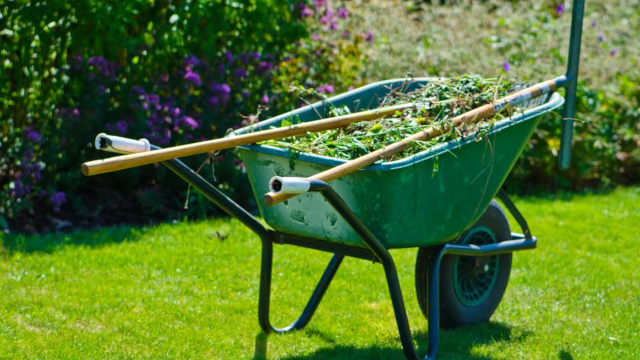Essentials of Southern California Lawn Care
Sat Nov 26 2016 | maintenance | sod
Fertilize
Fertilizers improve plant growth by supplying nutrients to the soil. The primary nutrients necessary for plant growth are nitrogen, phosphorus, and potassium.
The best time fertilize tall fescue is fall and spring, according to the University of California's Lawn Guide. In October or November, you'll need to use a complete fertilizer (contains all three essential nutrients) to nourish your lawn.
Use dry fertilizer to nourish the lawn. Spreaders aren't expensive to buy, if you have storage to spare. Renting a spreader is also an option.

Aerate
Remember to aerate the soil to give your grass a chance to breathe and get water. Much of Southern California's soil is dense and hard because it is made of clay and contains rock. This dense soil doesn't allow grass roots to get air and water.
Aeration also saves water, which might mean less watering. Dense soil doesn't absorb water well and washes away. If you aerate your lawn, you won't be throwing water away.
Aerate soil when the grass is in its active season. Aerating your lawn not only helps your grass but also conserves water.
Hiring a landscaper or lawn service might be the best get the best results in the fastest time. But, avid gardeners can get the job done themselves.
Hand or motorized tools are able to aerate lawns. Hand tools work well, but are too burdensome for larger lawns. Gardeners might want to rent a motorized aerator instead.
Mow
Mowing is inevitable, but luckily tall fescue is lower maintenance. Avoid cutting grass too short because it can cause fescue lawn to become sparse. Also, Southern California sun and heat is harder on lawns cut too short. The grass will dry out faster and can turn brown.
Cool season grasses are best mowed when at 3 1/2 length and mowed no shorter than 1 1/2 inches, explains Missouri Botanical Garden in their mowing guide.
Mowing is a great time to inspect the grass and see if it's healthy. Look for evidence of pests and kill any weeds that are growing.
Water
In drought-prone Southern California, everyone is conscious about how much water they use. Fortunately, fescue is drought tolerant and needs less watering. That's why the grass is popular.
However, water is essential for plants, including grass. Grass needs water all year around, even when it is dormant.
Newly planted or sodded lawns are especially thirsty. Also, the active season for lawns is when the grass needs more water.
Do you have questions? We're happy to help in any way we can. Contact us.